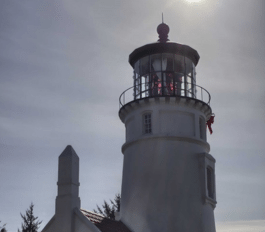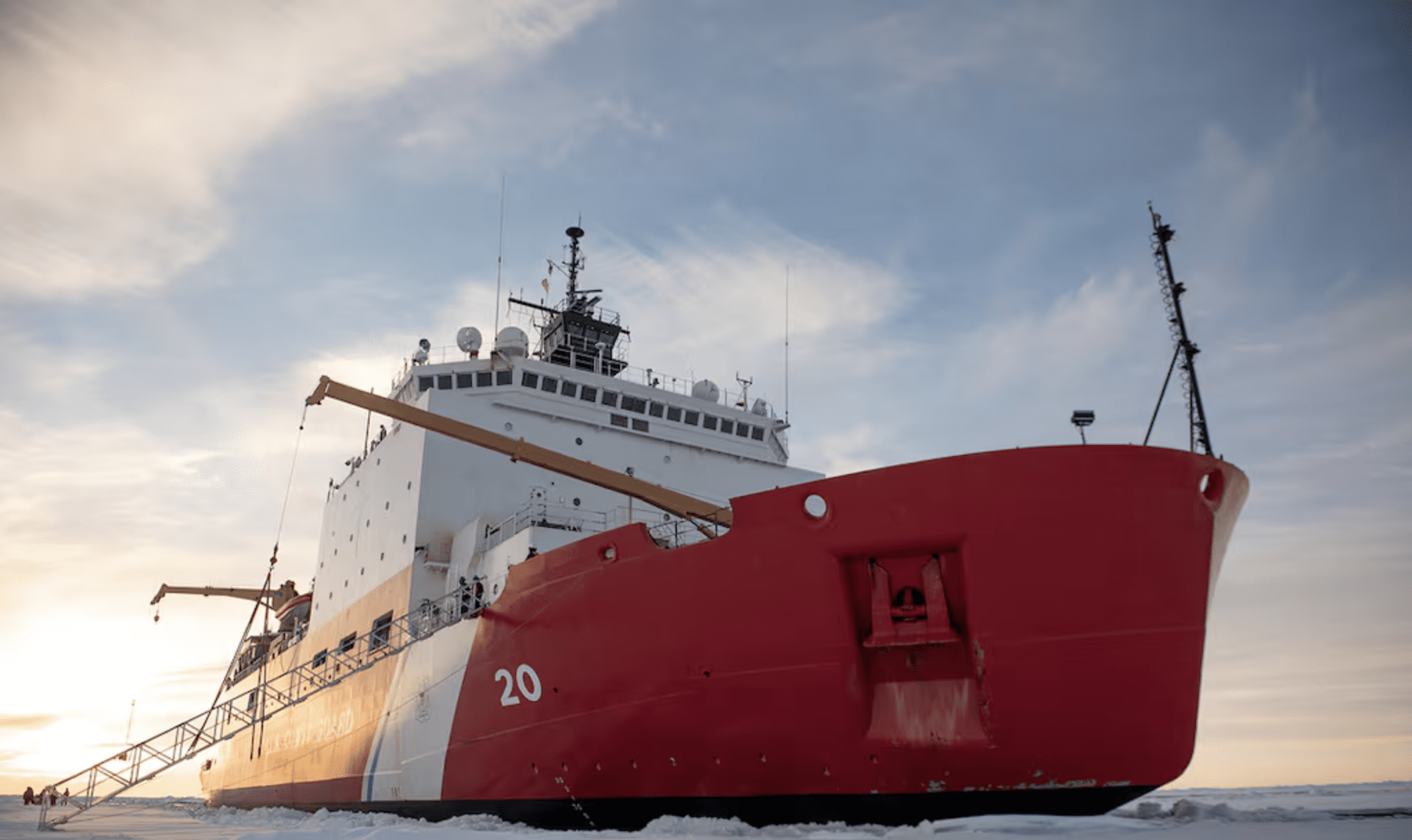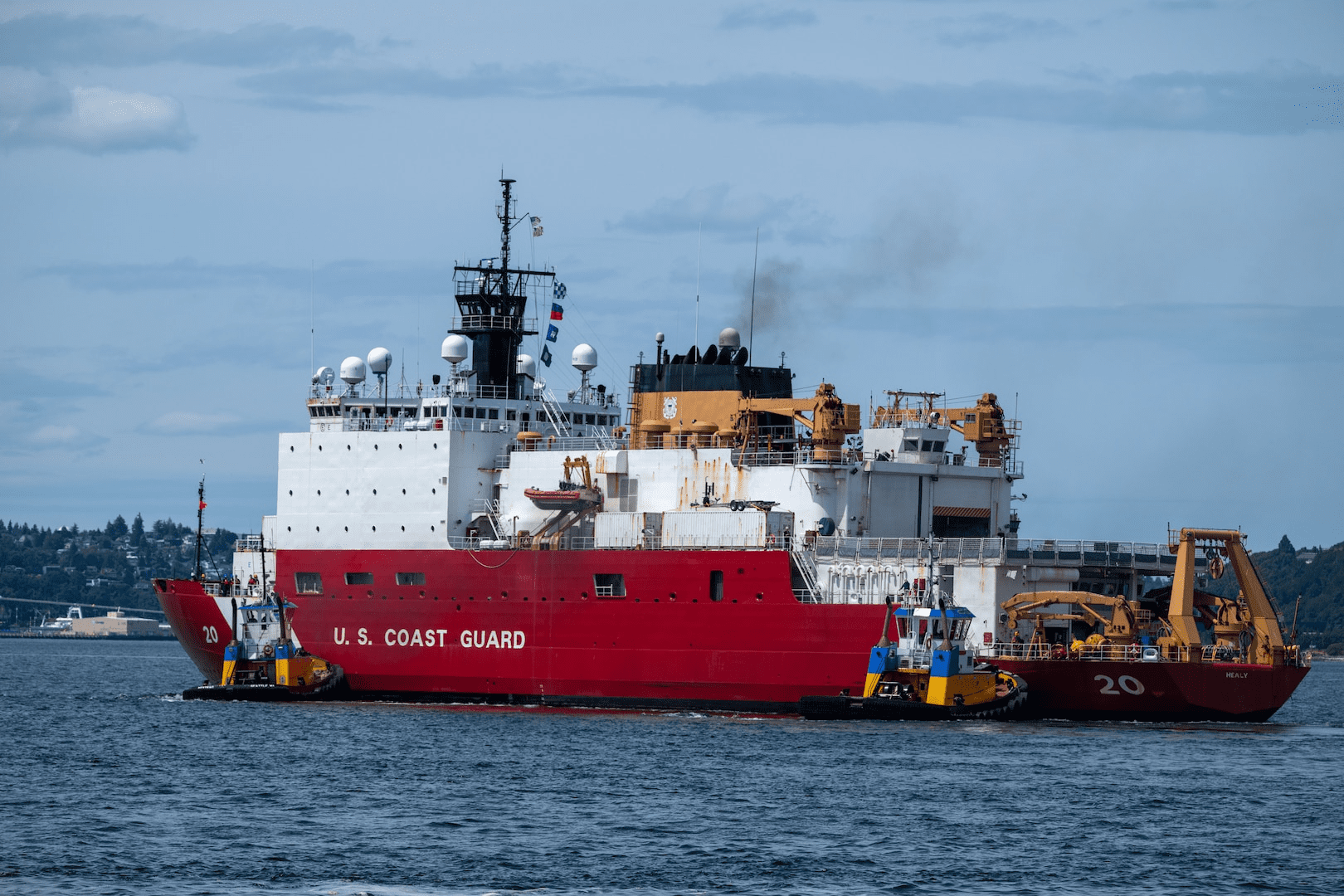
Today the following article appeared in the official blog of the US Coast Guard and, while it appears to be A story of the federal government supporting local communities, it fails to ask a few critical questions:
What is the role and importance of historic aids to navigation in the digital age?
Should the care and responsibility for aids to navigation be passed from federal to local authorities?
Read the article and answer these questions in the comments section below.
In service to the light by Petty Officer 2nd Class Eric J. Chandler
Pass by pass, an old lens turns through the decades. It is part of the rhythm of the Umpqua Coast. Turning with the ebb and flood of the tides, the sun and moon in the sky, its reliable beam shines out onto the sea.
It is an icon of the Coast Guard’s ancestry, originally operated by the U.S. Lighthouse Service. It is a regional identity, a sentimental relic to the ships that transit by; but of all the things that it is, a federal aid to navigation it is no longer.
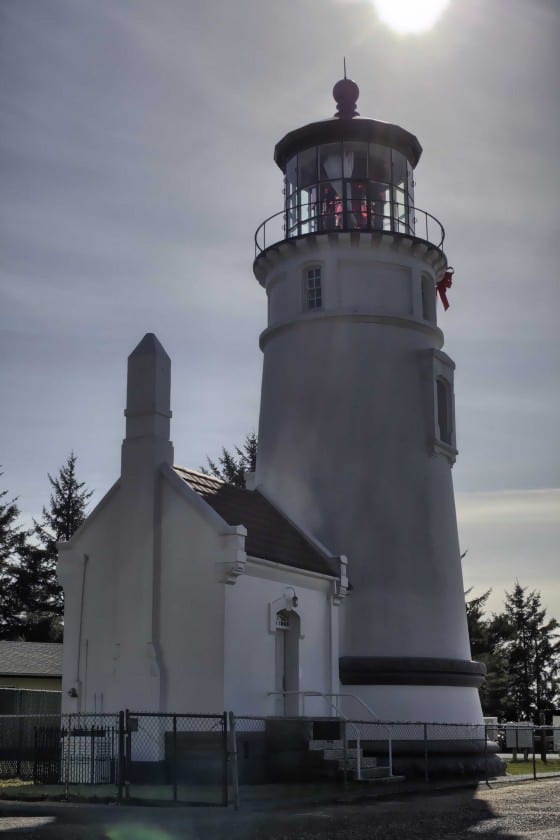
The Umpqua River Lighthouse guards the Oregon coast on May 14, 2012. On this day the maintenance of the light was passed to Douglas County. U.S. Coast Guard high dynamic range photo illustration by Petty Officer 2nd Class Eric J. Chandler.
On Apr. 14, under the precision of an antique Fresnel lens, Coast Guardsman passed the maintenance and operation of the Umpqua River Lighthouse to Douglas County, Ore.
The story of the light is an intertwining one, of the Coast Guard, Winchester Bay and the settlement of the west.
The Wild West
When early settlers arrived at Umpqua River, they found a rugged, but providing landscape. The Native American’s name “Umpqua,” translates to “full belly,” reflecting the river’s abundant and sustaining nature.
To the early settlers a lighthouse could establish a place in the local, national and global economy. It was critical to the region that ships could safely transit, allowing the export of lumber and a strong fishing fleet.
Oregon in the early 1800s was very much the “Wild West.” Native Americans and settlers were not always in agreement. Settlers’ designs to construct a tower made natives suspect it was the beginning of a military fort, and they are said to have passively retaliated by walking off with tools from the construction site.
Despite these and other challenges of building on the region’s sandy shores, the community completed the first lighthouse to identify the Oregon Coast on Oct. 10, 1857. A mineral oil lamp projected a beam through a rotating Fresnel lens.
The endeavor set the tone for the future of local developing coastal communities, however it is not the light that shines at the Umpqua entrance today. In January 1864, storm damage eroded the foundation and the lens was removed only a week before the structure collapsed.
It was 24 years before another light was built here. At the time the light functioned like a clock tower, with pulleys and weight keeping tension on a series of cogs, rotating a first-order Fresnel lens, sending two white flashes followed by one red. A watchman remained on duty to continuously reset and maintain the process and ensure the lamp was lit.
Seafaring economic prosperity was restored. Winchester Bay could no longer boast the original functioning Oregon light, but the maritime transportation system was operational again.
A lifesaving station
In 1883, the steamship Tacoma wrecked near the river’s entrance. The crew was battered by storm waves within view of an unreachable shore until a group of hastily assembled volunteers gained national attention by rescuing the desperate men. In doing so they showed the need for a local U.S. Lifesaving Service station. Later awarded gold and silver lifesaving medals, the volunteers were employed by the federal government to operate the first local lifesaving station.
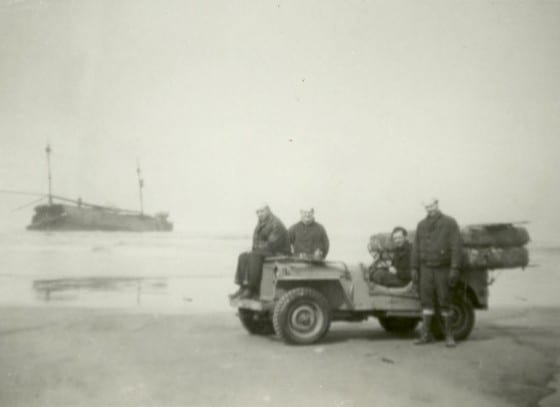
Coast Guard Station Umpqua River personnel on recently modernized search and rescue equipment near Winchester Bay, Ore., in the 1940s. U.S. Coast Guard photo.
By the 1940s both the Lifesaving Service and Lighthouse Service were enveloped into the expanding multi-mission service, the United States Coast Guard. The lifesavers of Coast Guard Station Umpqua River would eventually inherit the responsibility of keeping the light and a new station and boathouse were built closer to the light on the south shore of the Umpqua.
The light was automated to an electric motor system in the 1960s, and continued to shine across the Pacific Northwest seas unmanned. The automation allowed crews to focus on other areas of the Coast Guard’s responsibilities.
Changing times
The light continued to shine, into another age of changing times. Large shipping traffic became less of a presence off the coast and small recreational and fishing activity increased.
Maritime navigation slowly changed as well. Global positioning satellites and advanced aid placement along the river’s path of transit assisted boaters with perfect accuracy in rain, fog or dark of night. The light was now a romantic symbol of locality, antiquated and historic, and seldom used for more than a reference point.

A Coast Guard crew trains at Umpqua River near Winchester Bay, Ore., as surf crashes over the nearby jetty. U.S. Coast Guard photo by Petty Officer First Class Shawn Eggert.
This intricate navigational system requires a great deal of maintenance, and diverting crews from active aids to maintain a historic one strained the local station.
“Due to the weight of the lens, and its method of rotation on a track system, loss of power can damage the system,” said Cmdr. Daryl Peloquin, chief of the aids to navigation branch at the 13th Coast Guard District. “The wheels on which it rotates can only support the lens as long as it continues to turn. If it stops, blocks need to quickly be put in place to prevent the wheels from crushing under its own weight.”
Because of this, the light required an emergency response every time it stopped turning due to power outages or any other reason. This became difficult to manage for local units tasked with Coast Guard missions like search and rescue and maintenance of more critical aids to navigation.
“Passing the care of the light to Douglas County enabled the community to keep its beacon, in interest of historical preservation, and its use by any mariners that may still use the light as a point of visual reference,” said Peloquin.
This article was written by by Petty Officer 2nd Class Eric J. Chandler for Coast Guard Compass.

 Join The Club
Join The Club



